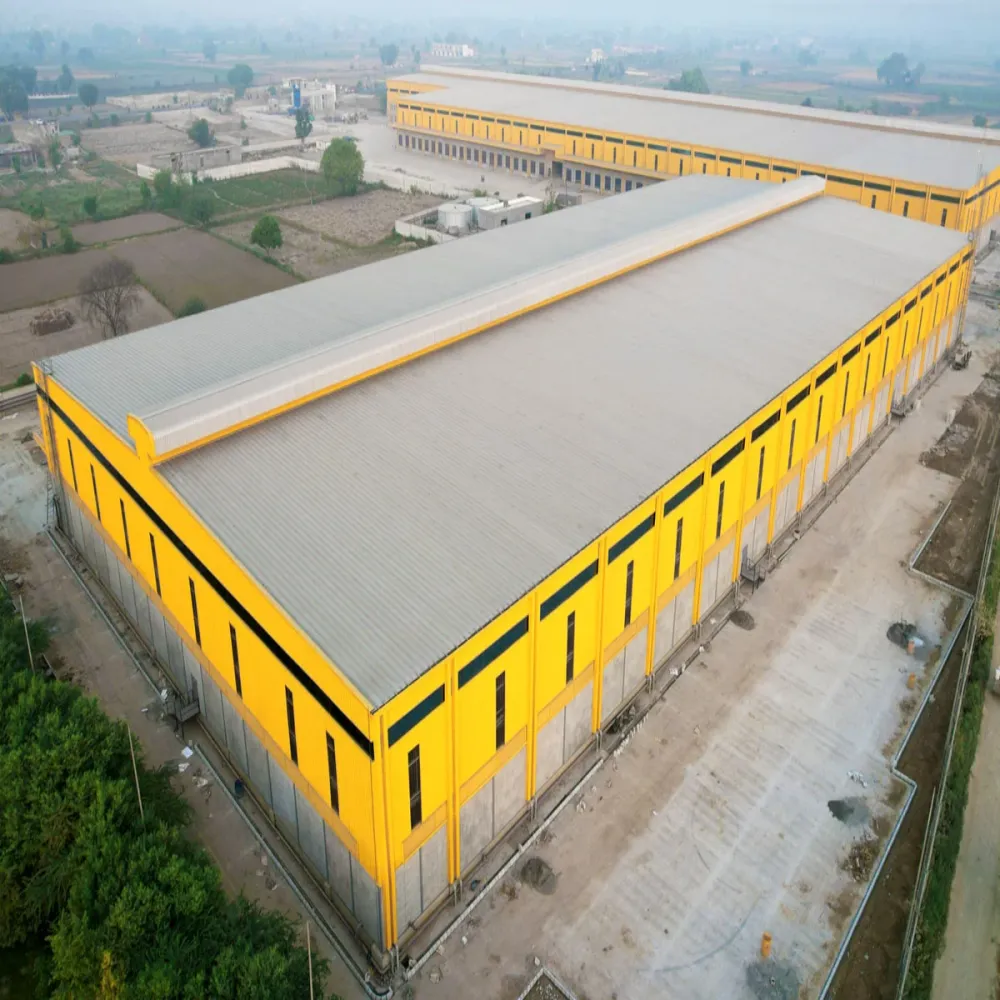- Afrikaans
- Albanian
- Amharic
- Arabic
- Armenian
- Azerbaijani
- Basque
- Belarusian
- Bengali
- Bosnian
- Bulgarian
- Catalan
- Cebuano
- Corsican
- Croatian
- Czech
- Danish
- Dutch
- English
- Esperanto
- Estonian
- Finnish
- French
- Frisian
- Galician
- Georgian
- German
- Greek
- Gujarati
- Haitian Creole
- hausa
- hawaiian
- Hebrew
- Hindi
- Miao
- Hungarian
- Icelandic
- igbo
- Indonesian
- irish
- Italian
- Japanese
- Javanese
- Kannada
- kazakh
- Khmer
- Rwandese
- Korean
- Kurdish
- Kyrgyz
- Lao
- Latin
- Latvian
- Lithuanian
- Luxembourgish
- Macedonian
- Malgashi
- Malay
- Malayalam
- Maltese
- Maori
- Marathi
- Mongolian
- Myanmar
- Nepali
- Norwegian
- Norwegian
- Occitan
- Pashto
- Persian
- Polish
- Portuguese
- Punjabi
- Romanian
- Russian
- Samoan
- Scottish Gaelic
- Serbian
- Sesotho
- Shona
- Sindhi
- Sinhala
- Slovak
- Slovenian
- Somali
- Spanish
- Sundanese
- Swahili
- Swedish
- Tagalog
- Tajik
- Tamil
- Tatar
- Telugu
- Thai
- Turkish
- Turkmen
- Ukrainian
- Urdu
- Uighur
- Uzbek
- Vietnamese
- Welsh
- Bantu
- Yiddish
- Yoruba
- Zulu
Ліст . 21, 2024 13:56 Back to list
Understanding the Costs of Steel Frame Warehouse Construction
The construction of steel frame warehouses has gained significant popularity in recent years. This trend is driven primarily by the ever-increasing demand for efficient storage solutions, the rapid growth of e-commerce, and the need for durable structures. While the benefits of using steel for construction are well-documented, understanding the costs associated with building a steel frame warehouse is essential for businesses and investors alike.
The Structure of Steel Frame Warehouses
Steel frame warehouses are characterized by their skeletal structure formed from steel columns and beams. This framework is then covered with various materials, which can include steel panels, insulation, or other cladding options. The advantages of this type of construction include flexibility in design, accelerated construction times, and a superior strength-to-weight ratio compared to traditional materials such as wood or concrete.
Factors Influencing Cost
The cost of constructing a steel frame warehouse can vary significantly based on several factors
1. Size and Design The overall size of the warehouse plays a crucial role in determining the cost. Larger warehouses require more materials and labor, naturally increasing the overall expenditure. Additionally, the complexity of the design can impact costs. Simple, rectangular structures are generally less expensive than custom designs with features like higher ceilings, specialized loading docks, or integrated office spaces.
2. Material Prices The cost of steel fluctuates due to market conditions, which can influence overall construction costs. Prices can be affected by factors such as demand, supply chain disruptions, and tariffs on imported steel. In recent years, prices have shown volatility, making it essential for developers to keep abreast of these trends.
3. Labor Costs Labor is another significant component of the total construction cost. This can vary by region due to labor availability, skill levels, and local wage standards. Regions experiencing rapid growth may see higher labor costs due to demand.
4. Location The geographical location of the warehouse also impacts costs. Remote locations may incur additional logistics expenses due to transportation costs for materials and labor. Additionally, local building codes and regulations may require specific standards that can add to expenses.
steel frame warehouse cost

5. Foundation and Site Preparation The cost of preparing the site for construction, including grading, excavation, and laying a foundation, can be substantial. The type of foundation required will depend on the soil type, the size of the warehouse, and other factors unique to the construction site.
6. Utilities and Infrastructure Access to utilities such as water, electricity, and sewage can also add to construction costs. If a site requires extensive infrastructure upgrades or connections, these costs must be factored into the overall budget.
Average Costs
While it's challenging to provide an exact number due to the various influencing factors, estimates for steel frame warehouse construction typically range from $15 to $30 per square foot for the basic structure. Including additional elements such as insulation, flooring, electrical work, and interior finishes can raise this figure to $30 to $100 per square foot, depending on the complexity and quality of the materials used.
Benefits Justifying the Costs
Despite the potentially high upfront costs associated with building a steel frame warehouse, many businesses find the investment worthwhile. The advantages include
- Durability and Longevity Steel is resistant to many environmental factors, including pests, decay, and fire. This longevity can translate into lower maintenance costs over time. - Speed of Construction Steel frame structures can be erected in a fraction of the time it takes to build traditional warehouses, allowing businesses to realize returns on investment more quickly. - Sustainability Steel is a recyclable material, contributing to reduced environmental impact. Many businesses today prioritize sustainable practices, making steel an attractive option.
Conclusion
Investing in a steel frame warehouse can offer substantial benefits to businesses, although understanding the costs involved is crucial for effective budgeting. By considering all factors, from material costs to labor and location, businesses can make informed decisions that align with their strategic goals. Ultimately, the durability, efficiency, and flexibility of steel frame warehouses often outweigh the upfront costs, making them a preferred choice in today's competitive market.
-
Cold Formed Steel Residential Framing
NewsMay.21,2025
-
Innovative Steel Structure Building Solutions
NewsMay.19,2025
-
Innovative Prefab Metal Shed Solutions
NewsMay.19,2025
-
Durable Steel Horse Shelter Solutions
NewsMay.19,2025
-
Durable Metal Shed Solutions
NewsMay.19,2025
-
Durable Big Metal Shed Solutions
NewsMay.19,2025
Products categories
Our Latest News
We have a professional design team and an excellent production and construction team.












